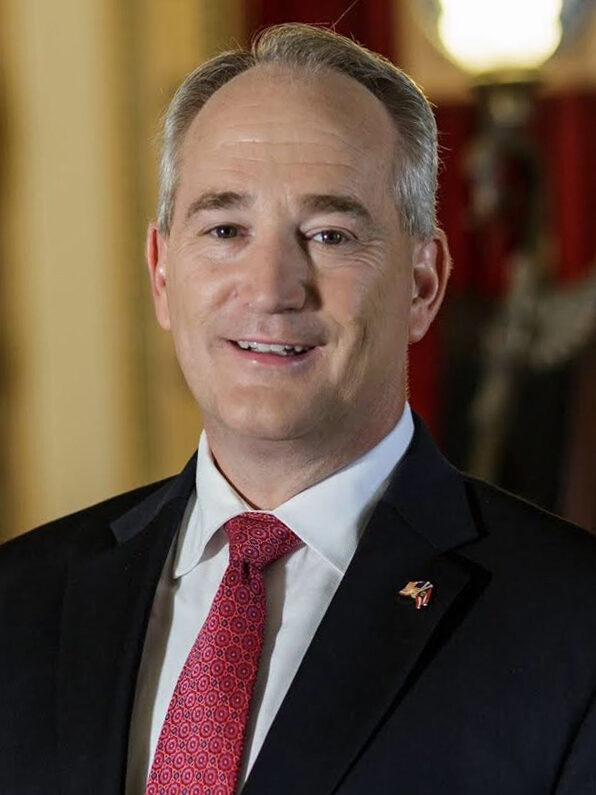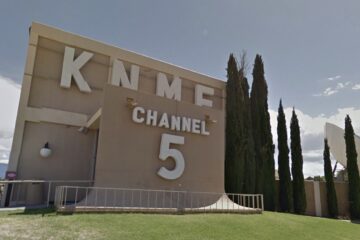Ohio auditor questions state’s investment in joint master control services

BEMC
Ohio's BEMC offers joint master control to all of the state's public TV stations.
An audit of Ohio’s Broadcast Educational Media Commission found that the state-funded joint master control system is under-utilized and recommends scaling back the service unless more public TV stations participate.
The JMC maintains equipment and capacity to fully serve the 37 channels distributed locally by the state’s eight public television stations, but Ohio Auditor of State Keith Faber found that only 21 channels make full use of JMC services. All 37 channels receive 24-hour monitoring services and backup capabilities from the JMC, according to the report.
Three stations — noted in the audit as Ideastream in Cleveland, PBS Western Reserve in Kent and WOUB Public Media in Athens — use the JMC only for redundancy capabilities, according to a spokesperson for the auditor’s office. Two additional stations use the JMC for only some of their channels.
The Broadcast Education Media Commission, which operates the JMC, received $10.6 million from Ohio’s general fund in fiscal year 2025. Of that, $4.1 million went towards equipment and staff to operate the JMC, while $3.9 million was distributed by formula to radio and television stations. Ideastream received an additional $2.6 million to manage the Ohio Channel of government programming and the Statehouse News Bureau.
The June 3 auditor’s report called on Ohio legislators to consider whether continued funding to the JMC “is aligned with their policy priorities,” and, if so, whether the commission is the best agency to operate it.
The report also acknowledged that “known technical issues with the JMC that have remained unresolved” may be driving TV stations away from using it more. A spokesperson for the auditor’s office told Current that stations reported issues of “lower service quality, service disruptions, and declining benefits to outsourcing master control functions due to advancements in technology.”
The auditor recommended additional service improvements for the commission, including better inventory management, improved customer surveys and, depending on changes to JMC usage, a reformulation of a state-funded subsidy that the BEMC distributes to TV stations for operational costs. These enhancements would address problems that have hindered wider adoption of JMC services, according to the audit.
‘Why is government doing this?’

Though the report was released as the Trump administration’s threats to eliminate public media’s federal funding escalated in Washington, Faber told Cincinnati CBS affiliate Local12 that his office initiated the audit before President Donald Trump took office.
“It’s us taking a look at things government does and saying ‘Why is government doing this? And if they’re going to do this, should they be doing it more efficiently?’” Faber said.
The auditor’s spokesperson told Current that this was the first state performance audit of the BEMC. The commission was chosen “as a regular part of our state agency selection process.”
Faber, a Republican and former president of the Ohio Senate, pushed for performance audits of state government agencies during his career in the legislature. He was first elected state auditor in 2018 and under term limits must leave office in 2027. Early this year he announced his intention to run for Ohio’s attorney general in the 2026 elections.
Despite limited JMC participation, the audit acknowledged that the “shared service model is still the least costly method per channel as compared to the other options for provision of master control services.” Eliminating it entirely would be costly to stations that make full use of the service and no longer have capacity to run their own master control systems on site.
If the legislature continues to fund the JMC, the audit instructs lawmakers to consider whether the BEMC is the best agency to run the system or whether another agency could absorb these responsibilities. The audit also queues up consideration of another proposed reform: whether the legislature should tie stations’ eligibility for state funding to JMC usage.
In a response letter included in the audit report, BEMC Executive Director Geoffrey Phillips wrote that the commission’s staff were “compelled to address” the instruction urging “the general assembly to review our very existence.” He said that Ohio has a “proud legacy of supporting public media” and that the BEMC’s mission “aligns particularly well” with the state’s goals to improve education and reach underserved populations.
Phillips also cited a 2024 analysis by Ohio’s Sunset Review Committee that “affirmed our value and utility.” That committee reviews state agencies subject to the Sunset Review Law — including the BEMC — during each two-year legislative session and either abolishes them or renews them. That analysis was less rigorous than a full audit. It included a four-page questionnaire and brief written testimony by Phillips and resulted in a renewal of the BEMC through 2026.
“We agreed with those findings and do not see virtue in repeating that analysis so soon,” Phillips wrote in his letter to the auditor. “Our model serves Ohioans well and efficiently by providing joint master control services, maintaining a central repository of recorded programming, distributing the Ohio Channel, and serving as the central point of contact between the public media partners and the state.”
JMC funded in new biennial budget
If the legislature opts to pursue the auditor’s recommendations, any changes wouldn’t take effect immediately. The state’s biennial operating budget, signed by Gov. Mike Dewine July 2, provides nearly $10.3 million to the BEMC in FY 26 and over $9.6 million in FY 27.
The state funds are split similarly to FY 24–25 levels, providing $4.1 million in FY 26 and $4 million in FY 27 for BEMC operations. According to the audit, the vast majority of operations funding in recent years has gone to the JMC.
The BEMC divides up the remaining funding as subsidies for the state’s radio and TV stations. The formula for the TV operational subsidy allotted 74% — $1.9 million in FY 25 — to be split evenly among Ohio’s eight public TV stations, according to the audit. Some stations receive additional funds for service to rural communities or for secondary channels.
The auditor advised the commission to consider adjusting its subsidy formula for TV stations based on JMC usage. Stations might be using their operational subsidies to fund in-house master control systems, the report noted.
The audit calls on the commission to set a timeline for stations that aren’t fully using the JMC to join and then re-scale its operations to fit the demand. It also instructs the commission to create a plan to onboard stations should they join after the JMC shrinks capacity.
Recommendations for the BEMC
To resolve the JMC’s technical issues, the auditor recommended that the BEMC “conduct a regular, consistently applied customer satisfaction survey to better understand the needs of its JMC clients.”
The audit also noted that the BEMC should better track its inventory of JMC equipment, which would improve planning for equipment upgrades.
In his response to the audit, Phillips said the commission planned to “promptly address” all recommendations and had already begun implementing some of them.
Phillips declined Current’s request for more details about which changes are already underway. The BEMC will report its implementation plan to the auditor’s office in mid-August, he said in an email.
The auditor’s office routinely follows up with state agencies in the late fall to inquire about implementation of its recommendations, according to the spokesperson. The responses will be published in November.
Current reached out to several Ohio stations — Ideastream, Columbus-based WOSU Public Media and PBS Western Reserve, which operates WNEO in Alliance and WEAO in Akron — to ask about their experiences with the JMC.
PBS Western Reserve CEO Natalie Pillsbury was the only station leader to respond to Current’s inquiries about the audit. Her stations use JMC and BEMC services for backup support, accessing some content and transmitting state government coverage, she said in an email.
“The JMC and BEMC are essential for all stations in Ohio,” she added.






